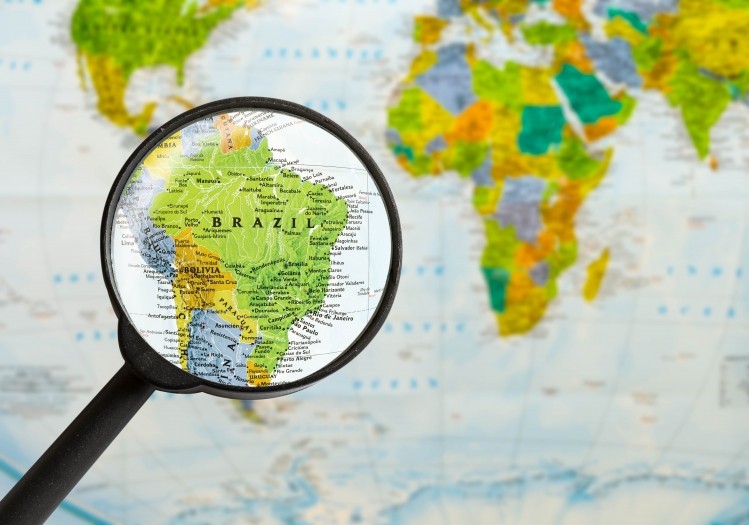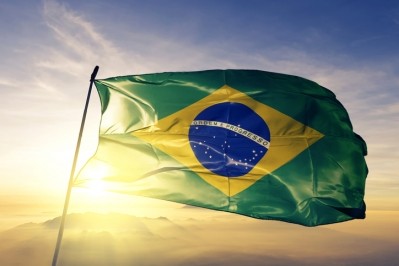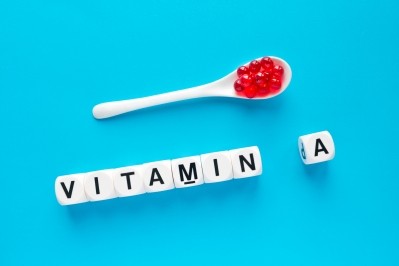DSM in LATAM Profile
DSM will “continue to invest in the region” despite “all the challenges”

With innovation a core focus in nutrition too, we spoke to Luiz Magalhães, Vice-President of DSM Human Nutrition & Health in Latin America and Maria Fernanda Elias, Communication Manager of Human Nutrition & Health in Latin America at DSM Nutritional Products about their plans for the region.
1. What are DSM's current nutritional operations and activities in LATAM?
DSM’s current operations in LATAM comprise large participation in human nutrition and health, animal nutrition and health, ingredients for the food and beverage industry and biotechnology. We have DSM factories in 13 Latin American countries, including Brazil, Mexico, Argentina, Colombia, Peru, Chile, Uruguay, Paraguay, Ecuador, Panama, Venezuela, Costa Rica, Guatemala.
“We have no doubt that Latin America is an important market for DSM and we'll continue to invest in the region because we understand there's a lot of potential, even with all the challenges we currently face”, Luiz Magalhães, Vice-President of DSM Human Nutrition and Health Latin America, reveals.
2. What are people's top needs when it comes to nutrition and health demands?
Consumers' search for a healthier life is translated into behavioral changes, both in the form of exercising and getting out of a sedentary lifestyle, as well as in eating, looking for nutrient-dense foods and supplementation of nutrients such as vitamins and minerals, when necessary.
According to proprietary research, some of the current main health concerns among Latin American consumers are tiredness/ fatigue; stress/tension; eye/vision problems; depression; hypertension; diabetes; high cholesterol, obesity and lack of concentration.
3. What are the top trends you're seeing in the nutrition, functional food and health LATAM markets today driving these?
Consumers are trendy to vegetarianism, sustainability, organic, clean label, plant-based proteins, personalized nutrition, probiotics and how nutraceuticals and functional food, in general, can optimize health, wellbeing and physical and mental performance.
4. What are the nutrition and health industries in LATAM focusing on as we move into 2020?
Nutrition and health industries must keep working to address consumer desires, needs and keep in mind the public health demands.
We're living in a world full of contradictions, where nearly a billion people are obese while two billion are still undernourished. A world where a new middle class is hungry for animal (and new plant-based) proteins; where 'healthier people are living longer yet need more help than ever to stay that way. And where the effects of climate change are causing record skin cancers. Our challenge is how to tackle all these challenges — and create science that benefits the many.
Non-communicable diseases (NCDs) like heart disease, strokes and cancer are now the leading cause of death around the world, causing 40 million people to die every year (the equivalent of 70% of all deaths worldwide). Not only are these deaths tragic, but they're also an increasing social and economic burden (the cumulative cost to society of the top five NCDs in 2025 is an estimated $46.8 trillion).
However, in many cases, they could be avoided and nutrition has a key role in doing this. Unbalanced diets are a major factor in the prevalence of NCDs, not only due to the amount of fat, sugar, sodium and calories, but also because of the lack of micronutrients, fibers, essential fatty acids and antioxidants for instance.
5. What are the key opportunities and challenges?
Regarding the challenges, Luiz Magalhães reveals that everything changes from one day to another, dramatically in Latin America, and we need special skills to be constantly adapting the business in this environment.
We have issues with the economy; we have a different government in Brazil and Mexico; there are a lot of changes and it's not easy to follow. We face lots of challenges because the macro scenario could change from one day to another.
6. How big a part does innovative manufacturing play in nutrition?
Innovation competencies in nutrition and health segments include the expertise and technology needed to identify and develop novel compounds and substances; transform active ingredients into valuable applications — and of course, demonstrate their safety and efficacy. And again, nutrition has a key role in addressing the main global health challenges comprising malnutrition and chronic diseases. Manufacturers can proactively act to join capabilities and work together to change actual health statistics.
7. What are DSM's plans for 2020 and beyond in LATAM?
We aim to continue delivering organic top-line growth, above the market level, and we intend to fuel this growth further with various big-ticket innovation projects, complemented by more possible acquisitions.
Our target growth, on a global perspective, is at least 5% in terms of business and that's no different in Latin America, year over year. The company would do much of this organically, but can also invest in acquisition opportunities if it fits with DSM's strategy and portfolio.
Most importantly, our growth in LATAM and globally will continue delivering benefits across all three dimensions of people, planet and profit.









